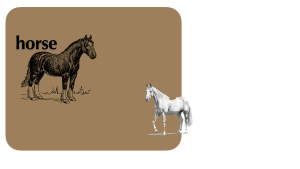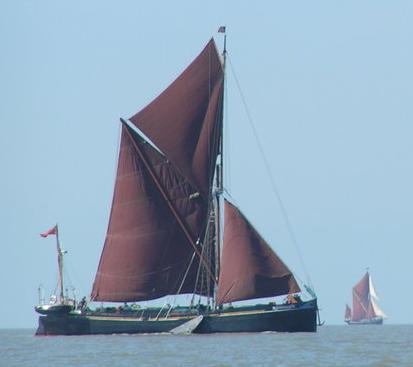 Recently, there has been a slew of posts about horses on this blog with more discussion than explanation. Some of you may remember that the narrative line in this blog goes back to prehistory, when humanity was sheltering from an ice age climate alongside a number of species that we now work with very closely, such as horses and cows, not forgetting companion creatures, such as cats and dogs. During the ice ages, we didn’t get to choose a place to shelter, we just piled in and got by as best we could. At one end of the spectrum, living in one place by choice can be called domestication, at the other end it can be purgatory. Everybody brings something different to the party: night vision; accurate identification of wild fungi; encyclopaedic knowledge of next year’s runners in the Grand National; whatever. For centuries, the norm has been anthropocentric and horses are expected to fit in with some pretty unimaginative stereotypes. An animal that goes down the gallops most days with Grand National runners would form a view of its rivals fast enough, but it will take humans an eternity to tune into this idea, let alone think of asking for an explanation. Horses just get it. They can see a problem when it’s still just a dot on the horizon.
Recently, there has been a slew of posts about horses on this blog with more discussion than explanation. Some of you may remember that the narrative line in this blog goes back to prehistory, when humanity was sheltering from an ice age climate alongside a number of species that we now work with very closely, such as horses and cows, not forgetting companion creatures, such as cats and dogs. During the ice ages, we didn’t get to choose a place to shelter, we just piled in and got by as best we could. At one end of the spectrum, living in one place by choice can be called domestication, at the other end it can be purgatory. Everybody brings something different to the party: night vision; accurate identification of wild fungi; encyclopaedic knowledge of next year’s runners in the Grand National; whatever. For centuries, the norm has been anthropocentric and horses are expected to fit in with some pretty unimaginative stereotypes. An animal that goes down the gallops most days with Grand National runners would form a view of its rivals fast enough, but it will take humans an eternity to tune into this idea, let alone think of asking for an explanation. Horses just get it. They can see a problem when it’s still just a dot on the horizon.
Humanity, on the other hand, will get shirty and go to war rather than sit down and talk through a problem. At the beginning of the 20th century, the industrial world slaughtered thousands of men and horses for no good reason. Sending mounted troops to shut down machine gun nests just made it worse. For centuries, horses have worked alongside the toiling masses, dragging felled tree trunks to waiting lorries; towing delivery vans; hauling lifeboats to safer launching sites; all manner of heavy work. One hundred years ago, horses used to fill in the gaps in delivery systems, the fabled final mile.
Back then, equidae had a role to play, but things are different now. Somewhere in the economy, a landslip buried the past, imposing a new order and rewriting history. Some of it is as simple as a shift in meaning, take the transition from “load” to “payload”. Anyone can carry a load, even a horse, but it takes precision technology to deliver a payload. Interestingly, however, horsepower is still going strong for the power output of motorised vehicles. During the transition from livestock to automotive innovation, retaining horsepower for comparisons identified some of the advantages of the second wave commercial vehicles. By the mid 1920s, the transition was a fait accompli, in the absence of any additional sources of brood mares. The continuity and availability of four or even three-year olds was held back by a preference for keeping brood mares for riding until their general fitness declined, as does their ability to keep up with the fashionable demand for a rapid high-stepping gait.
More follows later



Leave a Reply